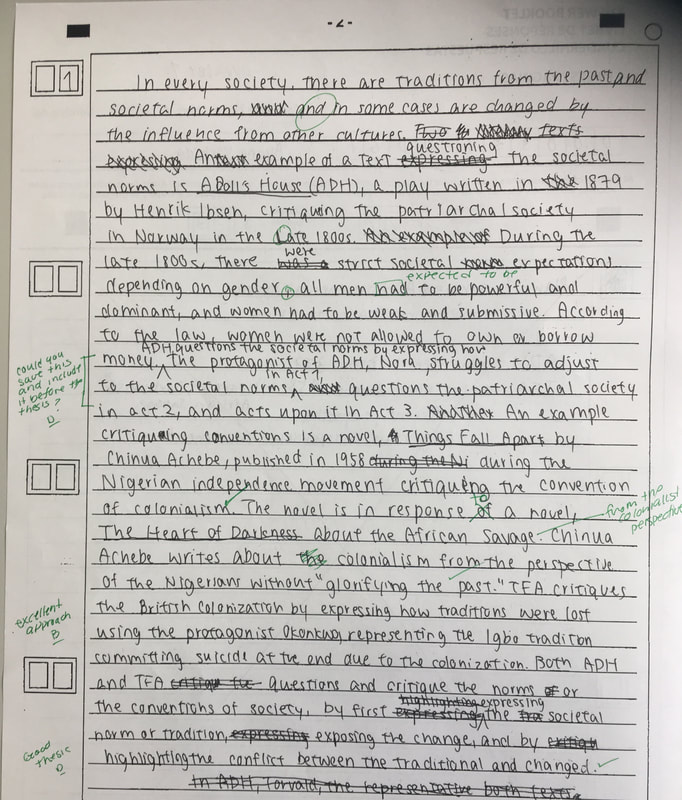Free gothic elements Essays and Papers - 123helpme.com.
In Mary Shelley’s Frankenstein, a careful analysis can help one see the novel is a romantic and gothic piece. Understanding of character, setting, and plot drives the idea of Frankenstein being both romantic and gothic. Various characters demonstrate elements of both gothic and romantic literature to the reader through observing Victor, the creature, Walton, and Victor 's father. Isolation.
The setting of a gothic novel often is in or around a ruined or haunted castle, but Frankenstein has the same effect by its extreme and varying landscape, always taking the reader out of their comfort zone. Another element of a gothic novel is an oppressed female who is in distress and needs rescuing. In Frankenstein this female is Victor Frankenstein’s would-be wife Elizabeth, who suffers.
Gothic literature research papers are custom written on any of the great works of literature that focus on the macob and dark elements of life. Gothic literature is a genre that generally contains some element of horror or the supernatural. Gothic literature emerged in England in the late 18th century, out of the Romantic Movement. The first novel considered to be “Gothic” was Horace.
Frankenstein contains gothic elements like metonymy of gloom, tragic femals, tyrannical males, supernatural events, overwrought emotion and an ominous dream.
Frankenstein is by no means the first Gothic novel. Instead, this novel is a compilation of Romantic and Gothic elements combined into a singular work with an unforgettable story. The Gothic novel is unique because by the time Mary Shelley wrote Frankenstein, several novels had appeared using Gothic themes, but the genre had only been around since 1754.
Frankenstein what makes it a gothic novel. Frankenstein: What makes it a Gothic Novel? One of the most important aspects of any gothic novel is setting. Mary Shelly's Frankenstein is an innovative and disturbing work that. weaves a tale of passion, misery, dread, and remorse. Shelly reveals the.
Shelley's Frankenstein is host to a range of significant gothic elements, evident through Victor's creation of the gigantic creature, the dark setting of the novel, set in places of gloom and horror, and the disempowered portrayal of females, in which women are threatened by the tyranny of males and are often in distress. Omens, portents and visions are also evident in the novel, further.








